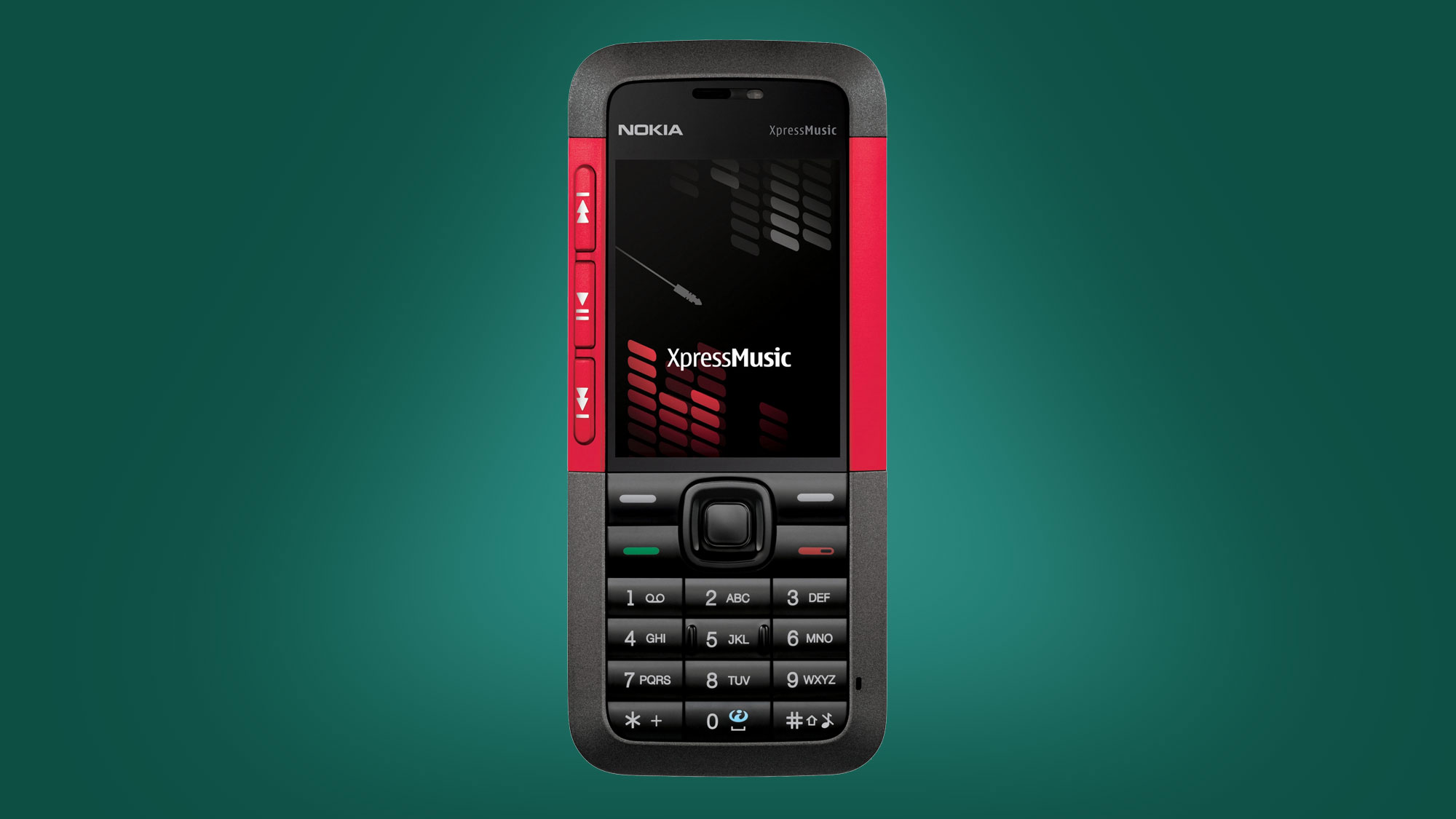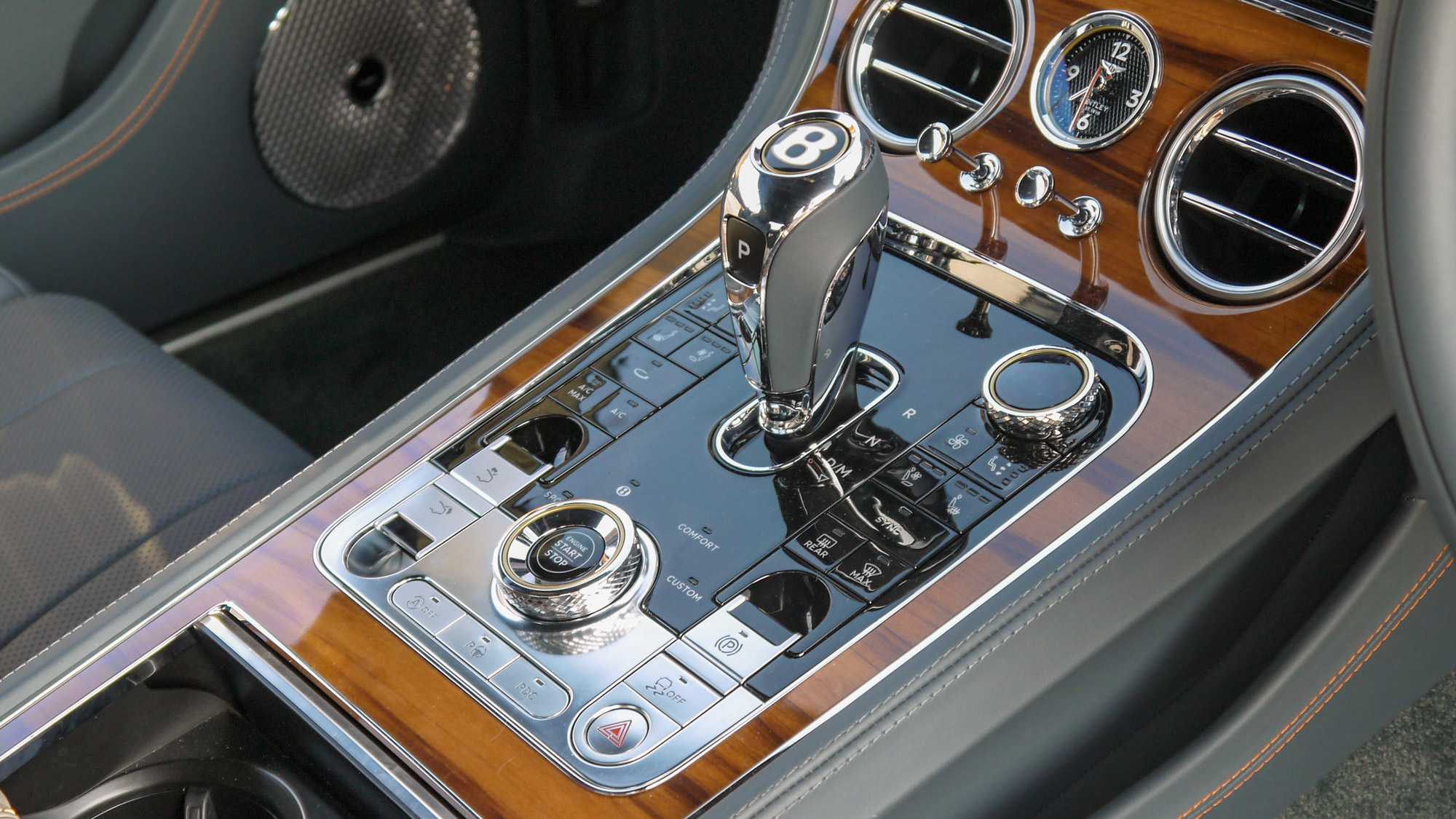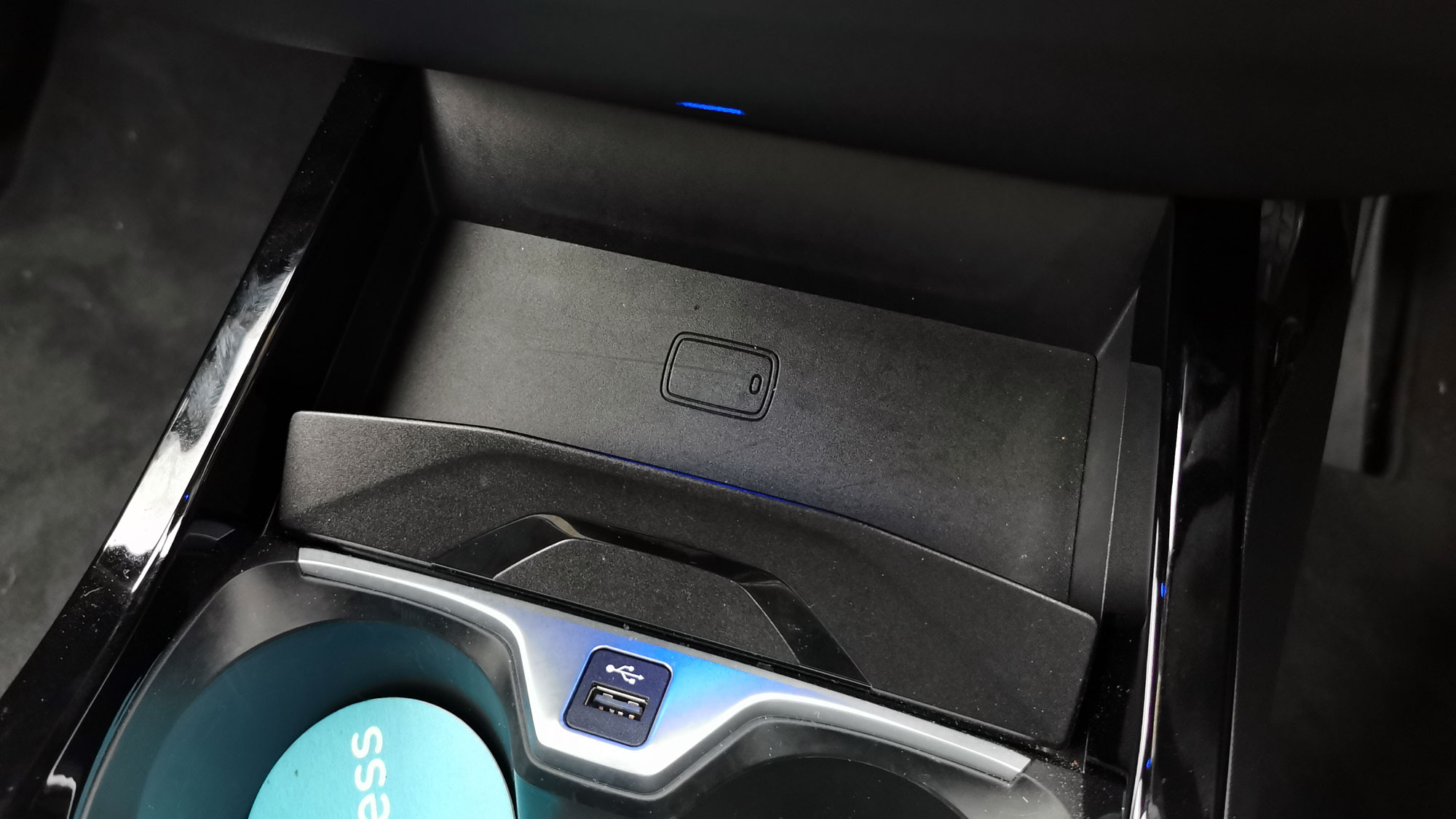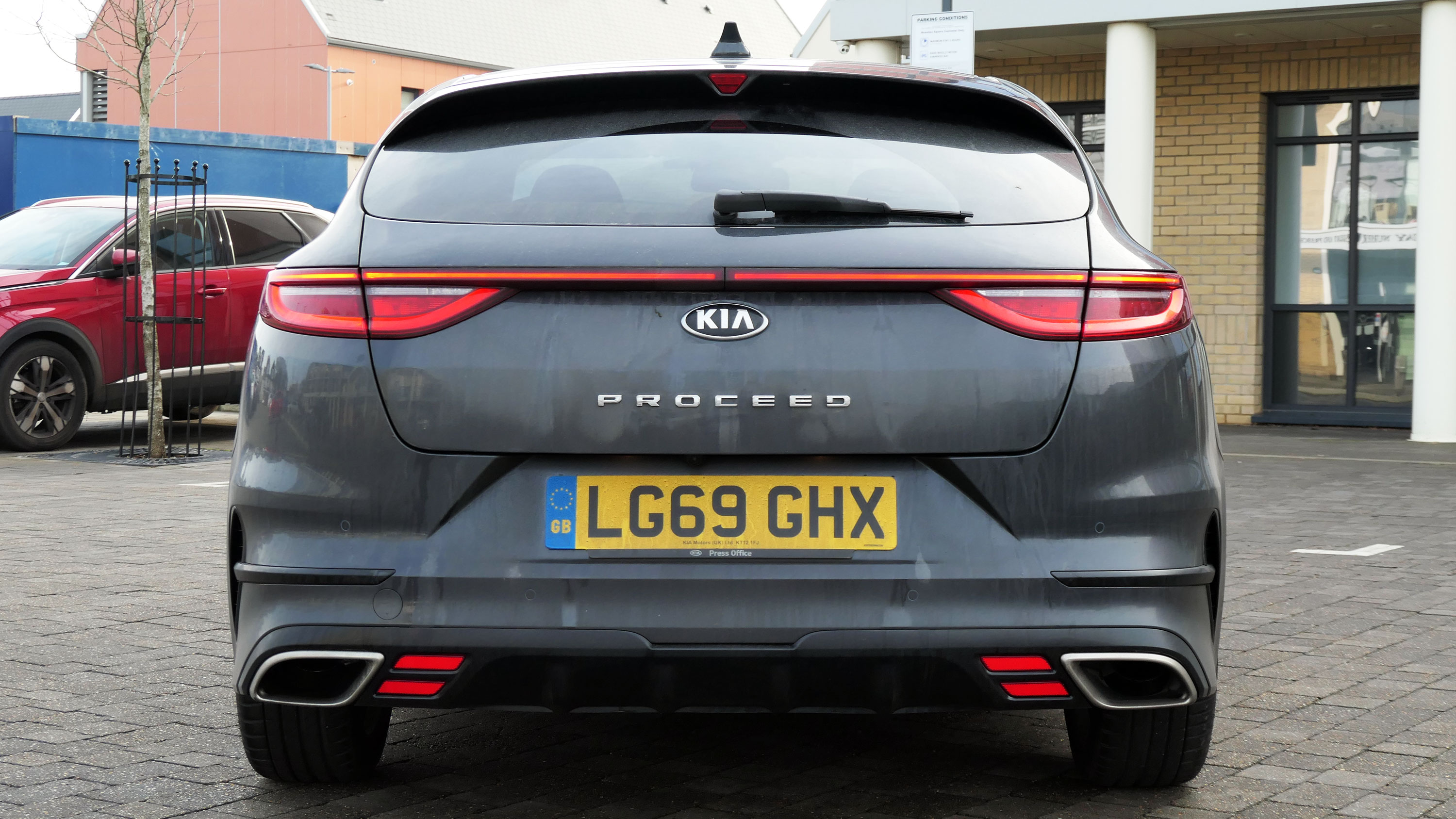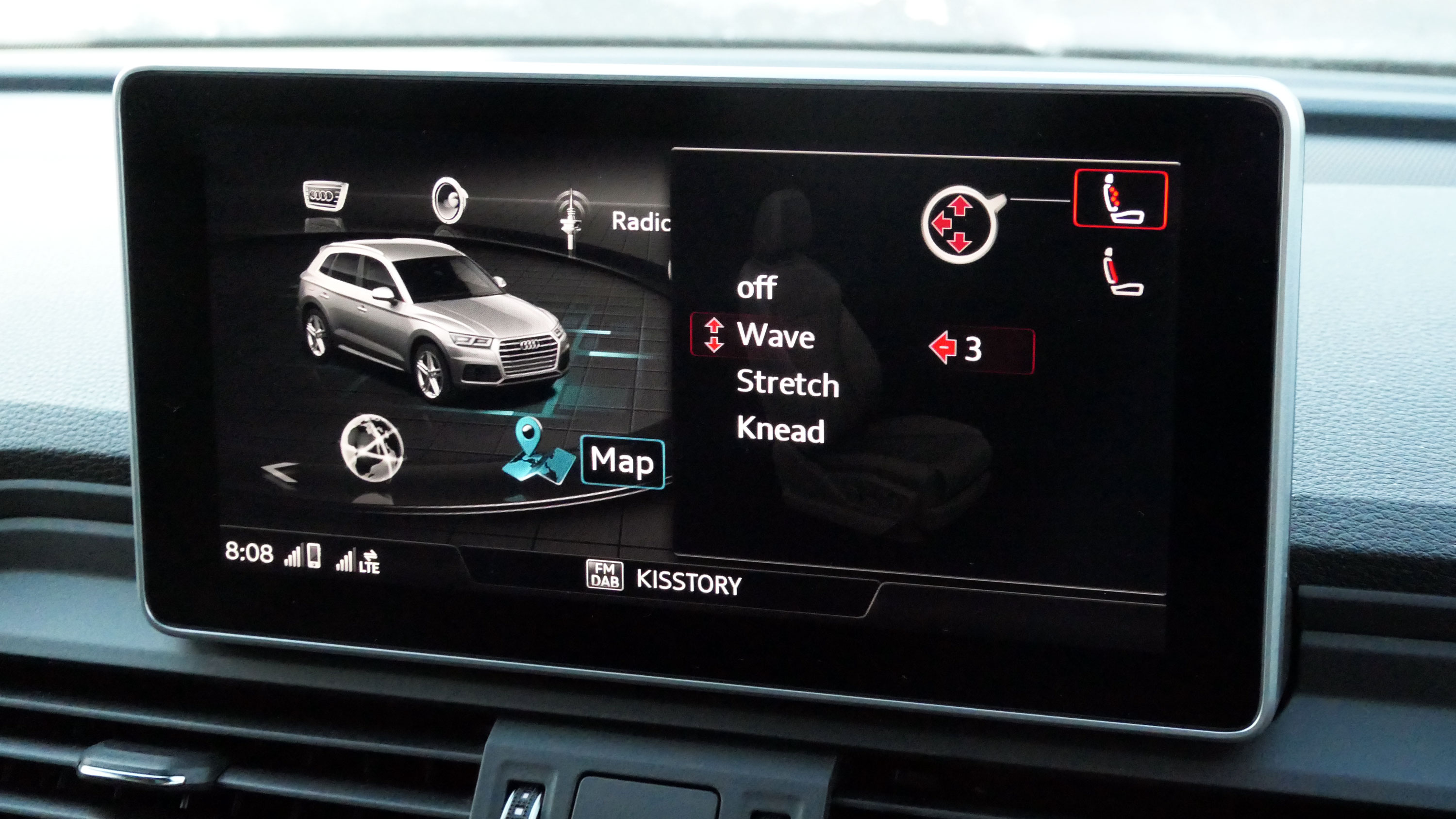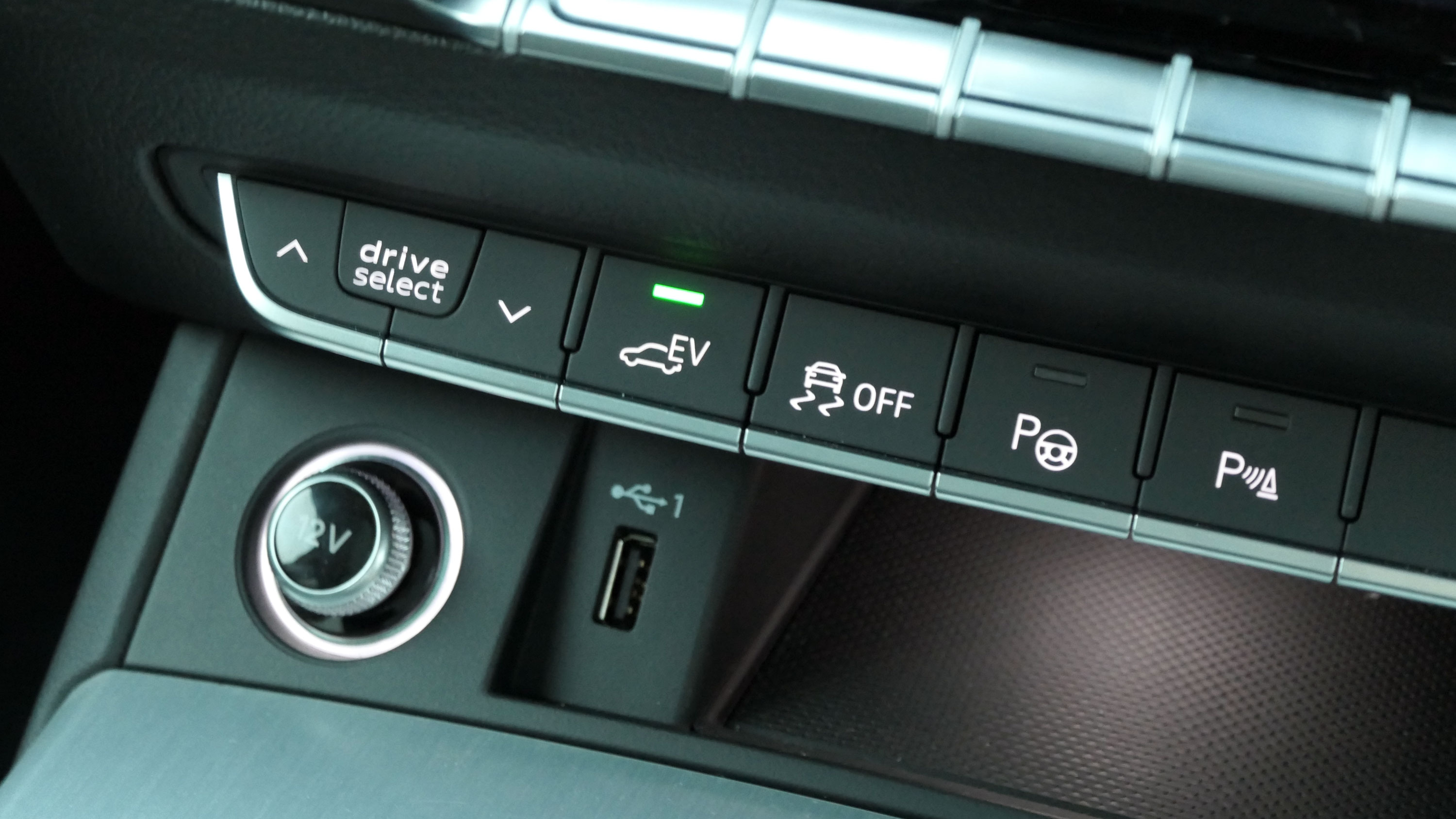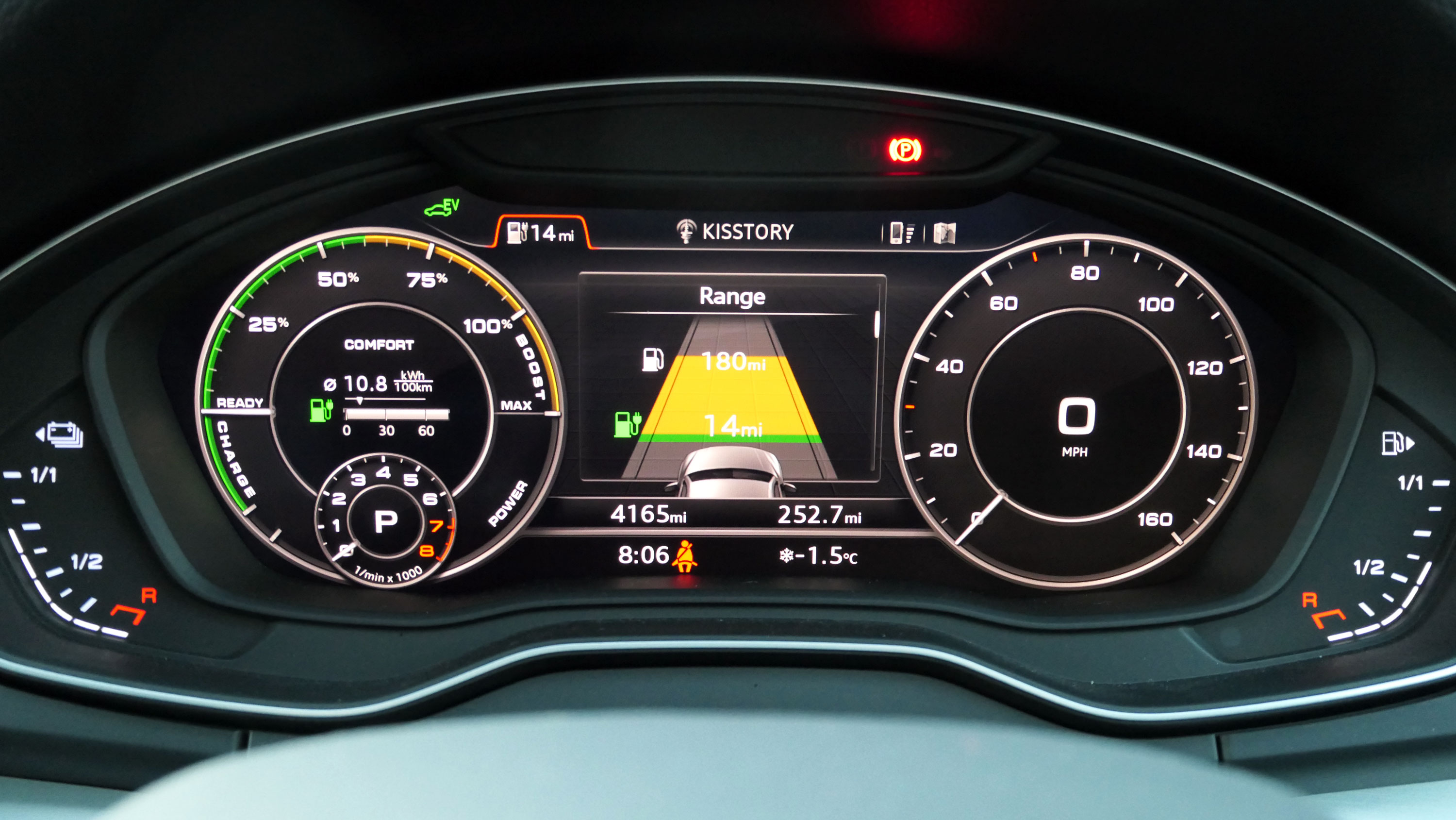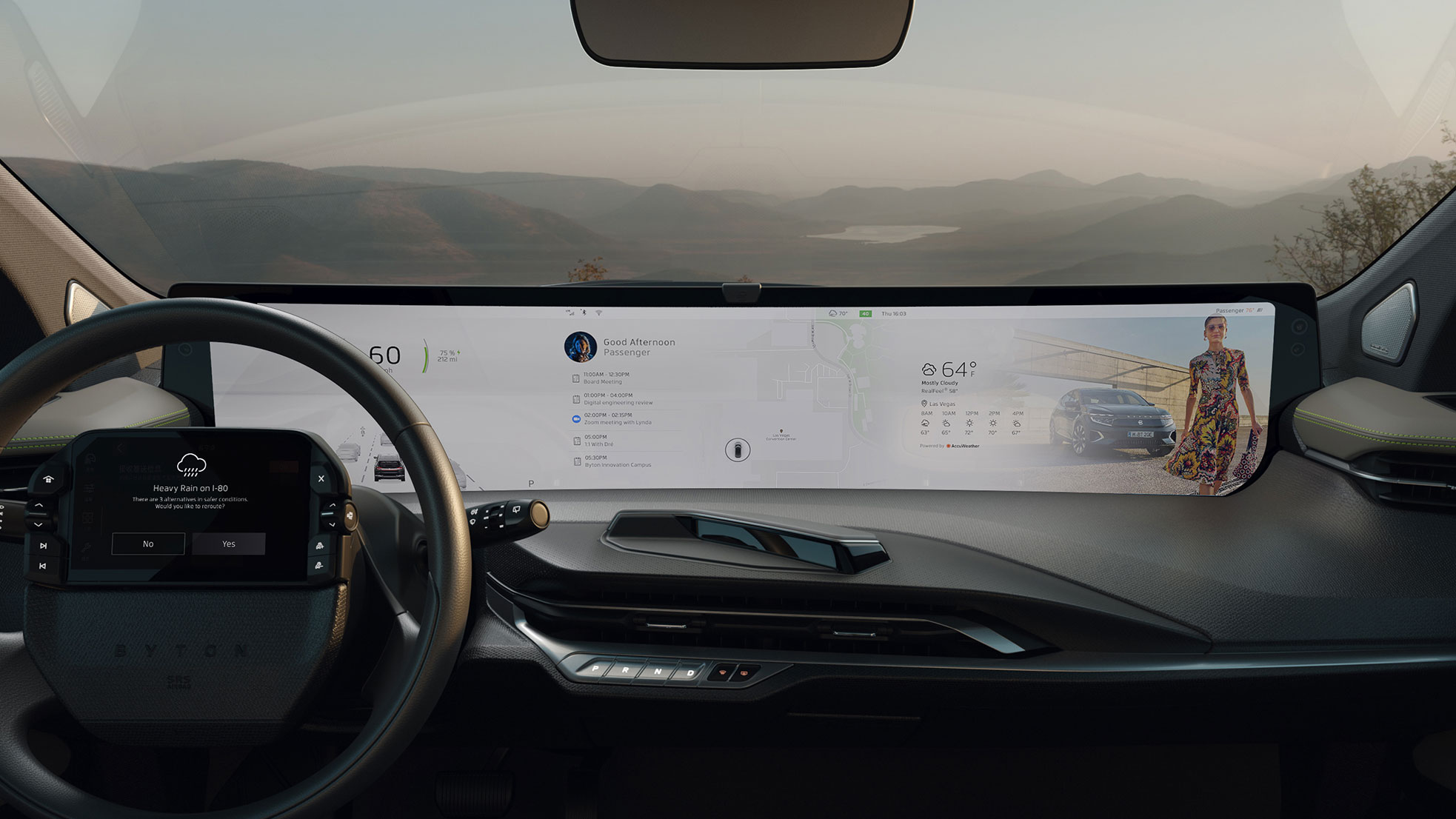Sony has revealed its new PS5 controller, and in the process it's ditched the iconic DualShock name in favor of a new moniker… DualSense.
When I first saw pictures of the PS5 DualSense controller I was really unsure. And to an extent, I'm still not sold… but it is slowly winning me around.
I've grown up with PlayStation, I've owned every generation of Sony's games console, and thus I've grown accustomed to the DualShock's size, shape and design. It's comforting and familiar, like a warm embrace from a loved one, every time I pick it up.
It's little surprise then, that I approach the new PS5 DualSense controller with trepidation, as it brings the biggest shift in design for the key accessory since Sony stuck dual analogue sticks on the original DualShock back in 1997.
The acid test will be the first time I pick the DualSense controller up, to see how it feels, how it’s weighted, whether it still feels 'PlayStation', or like a third-party impostor. For now, all I have to go on are the pictures, so here are five things I'm liking about the new PS5 controller right now… and one thing I'm worried about.
- Everything we know about the PS5 so far
- The latest on pre-orders and the PS5 price
- Xbox Series X is Microsoft’s answer to the PS5
👍 Like: The minimalist color palette
The iconic green, red, blue, pink of the triangle, circle, x and square buttons have a special place in my heart, but I'm digging the simplicity of the new PS5 controller.
Black, gray and white are the only colors present (aside from lighting) and it moves the controller into the modern era, away from the - admittedly slightly dated - DualShock aesthetic.
I'm a fan, and if this is a teaser of what to expect from the palette and design of the PS5 console, well color me intrigued.
👍 Like: The USB-C charging port
Whether or not the new PS5 controller will support wireless charging remains to be seen - this is purely a rumor for now - but the new images released by Sony seem to show a USB-C port on the rear.
It's not exactly a surprise inclusion. The DualShock 3 came with a miniUSB port, the DualShock 4 packed microUSB, so it makes perfect sense for the DualSense controller to come with its respective era's most popular port.
USB-C provides the ability for faster charging, and the cable can be plugged in either way round, which should make sticking in charging cables, or sliding the controller into a docking station easier.
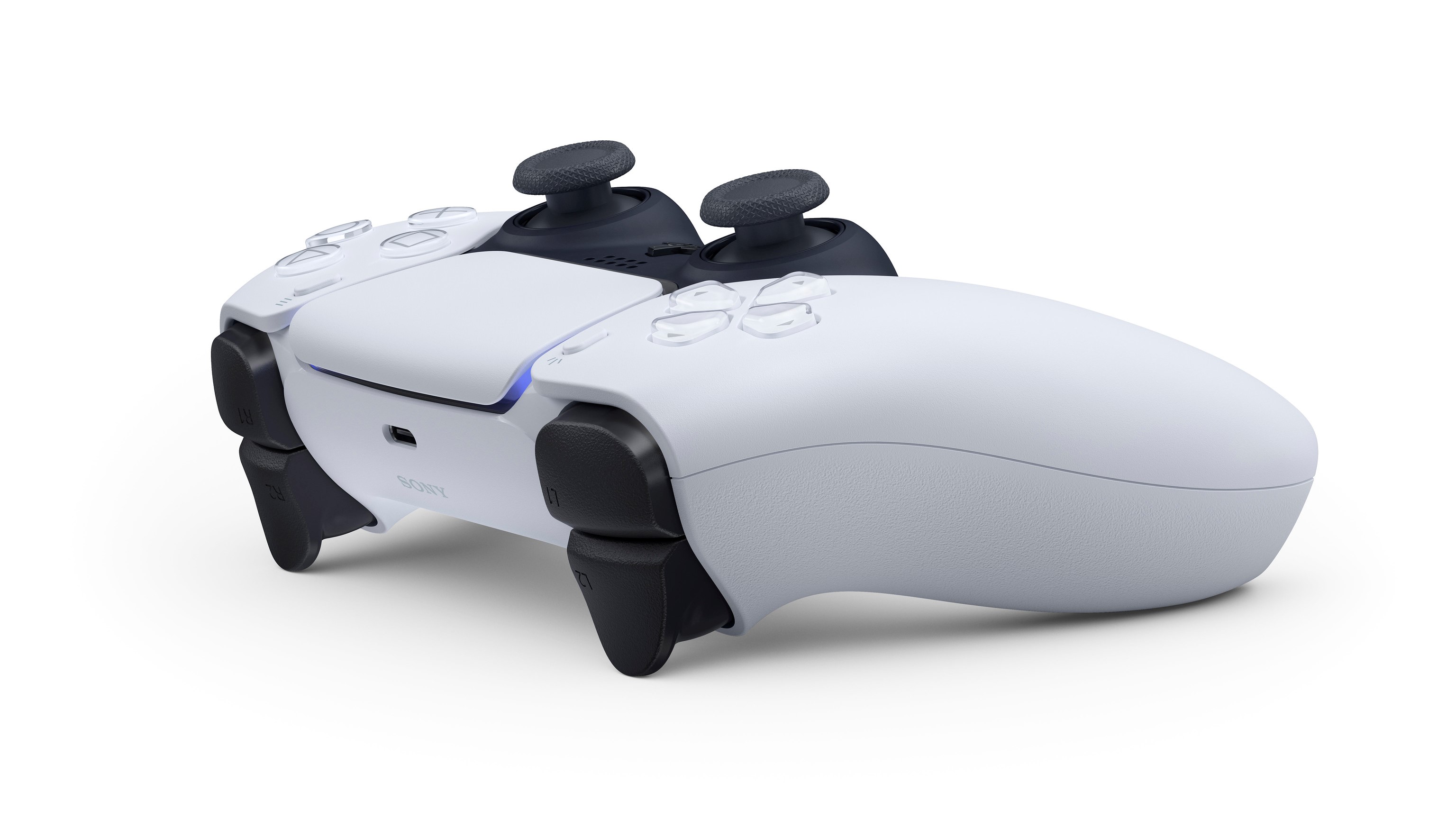
The side profile gives us a glimpse of what appears to be a USB-C port
👍 Like: Front-only illumination
Huzzah! Sony has ditched the large light bar from the DualShock 4 for the new DualSense controller. Instead, we get just front-illumination to show you that your controller is on and, if you have several connected, a different color for each player.
The original DualShock 4 only had the rear light, and as it was angled downwards, it really wasn't easy to see the status of the controller. Sony updated it and brought a slimline light bar to the touch pad as well, but two light sources seemed excessive.
So with the DualSense, I'm happy to see a sleek light bar running around the border of the touch pad.
👍 Like: Headphone jack & microphone mute
It wasn't revealed in the original posting from Sony, but since it has transpired that the PS5 DualSense controller will retain the headphone jack from the DualShock 4.
It means you'll be able to plug your dedicated gaming headset into the controller, so a 14 year-old can scream expletives at you as they kill you for the 16th time in 30 minutes.
I'm liking the retention of the physical port for those who need it, but I'm also hoping there will be full PlayStation audio over Bluetooth available as well.
Another nice addition to the DualSense controller is the microphone mute button, which will be much easier to hit than the inline mute button on your headphone cable.
You don't even need a headset either, as the controller has a microphone built in too, allowing you to chat with friends without that mad dash around your home to find a headset just as your game is starting. Something I've had to deal with more than once.
👍 Like: PS Button is the shape of the PS Logo
Simple, but ever so pretty. I want to press it right now.
👎 Dislike: The size of the new PS5 controller

Lining up a DualShock 4 with the DualSense, it seems the new PS5 controller is bigger
This is my real worry with the PS5 DualSense controller. From the initial pictures it looks bigger and bulkier than the previous DualShock generation.
I overlaid a DualShock 4 outline over the top of the DualSense (above) - assuming Sony keeps the D Pad and buttons the same size - and the new controller does appear wider and taller.
Looking at the side profile, it also seems chunkier, with the handles appearing thicker, and with less of an arch shape to them compared to the DualShock 4.
Sony has said it's taken steps to "lessen the weight of the controller as much as possible", but my initial impressions makes me think it could tip the scales at more than the 210g the DualShock 4 weighed, making it the heaviest PlayStation controller to date.
Sony has kept the dimensions of its DualShock series almost the same, and the DualSense PS5 Controller could see the biggest size increase since the first DualShock tool over from the original, analogue-less PS controller.
PlayStation controller sizes and weights
- PlayStation controller (1994): 148mm x 93mm x 53.3mm, 133g
- DualShock (1997): 157 mm × 95 mm × 55 mm, 210g
- DualShock 2 (2000): 157 mm × 95 mm × 55 mm, 210g
- DualShock 3 (2007): 160 mm × 97 mm × 55 mm, 192g
- DualShock 4 (2013): 162 mm × 98 mm × 52 mm, 210g
I'm prepared (and hopeful) to be proven wrong. Perhaps Sony has kept the general feel of its iconic PlayStation controller with the DualSense and it'll feel just as comforting as previous generations.
Yet, there's no getting away from the size of the change Sony has made with the PS5 controller, and for die-hard PlayStation fans there could be a fair period of adjustment required.
